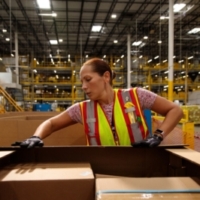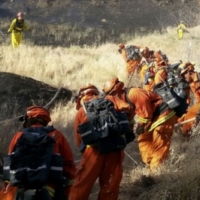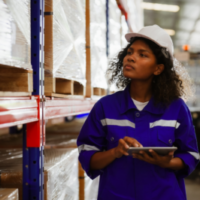Make Workplaces Safer and Healthier
Workers are demanding safe and healthy workplaces and are organizing to make it happen.
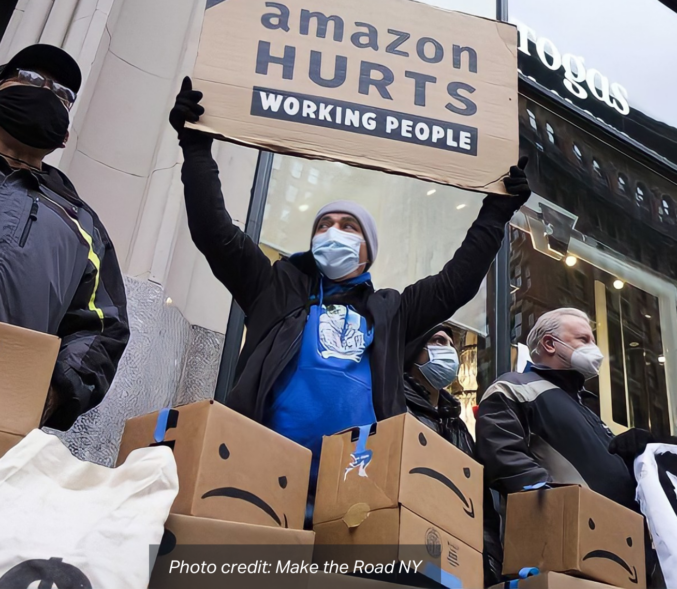
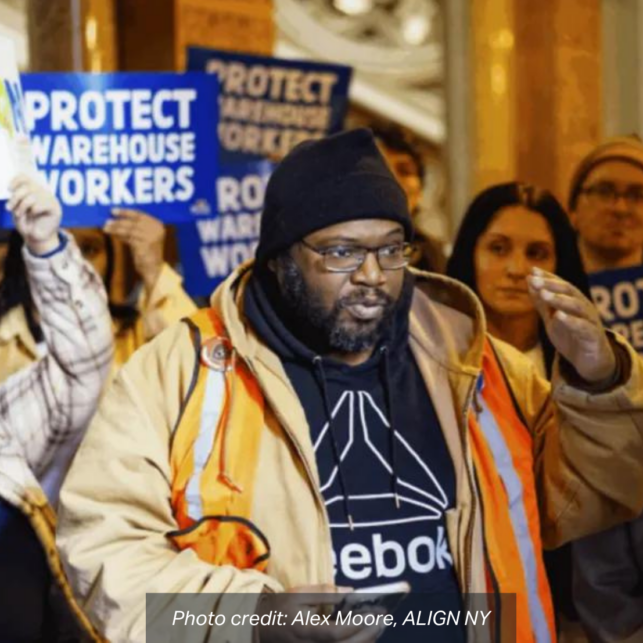
Workers Are Creating Safer and Healthier Workplaces
In a good-jobs economy, workers would use their power to shape workplace safety standards by evaluating problems, creating proactive solutions, and demanding rules that hold employers accountable. They’d have a right to refuse dangerous work without fear of retaliation or losing their livelihood.
That’s why workers are organizing to prioritize dignity, health, and safety at work. They are organizing to play an active role in shaping safety policies both within individual workplaces and in the wider economy.
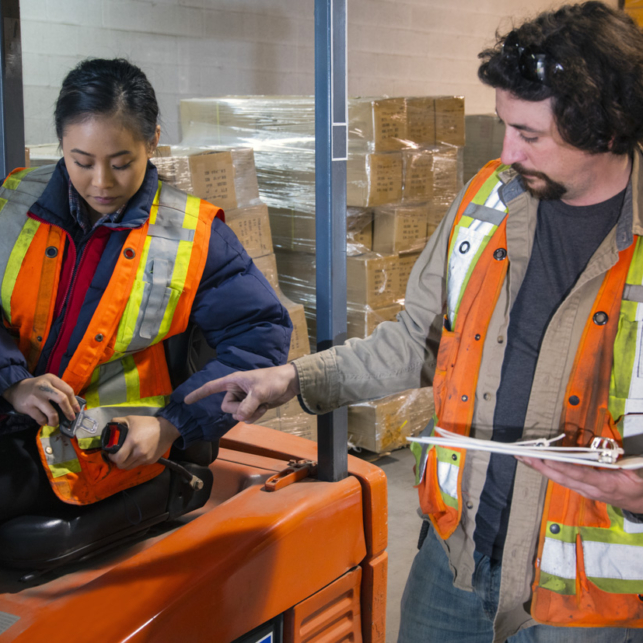
Prioritize Safety Over Profit
Workers’ safety must be prioritized over profit, but many employers see workers as expendable. Coupled with insufficient legal protections, this has led to an economy where many workers are forced to decide between their health and a paycheck.
Due to occupational segregation, Black workers and immigrant workers have historically been sorted into occupations that are more dangerous.
Extreme weather events caused by climate change have created more workplace hazards, including extreme heat, wildfire smoke, and flooding.
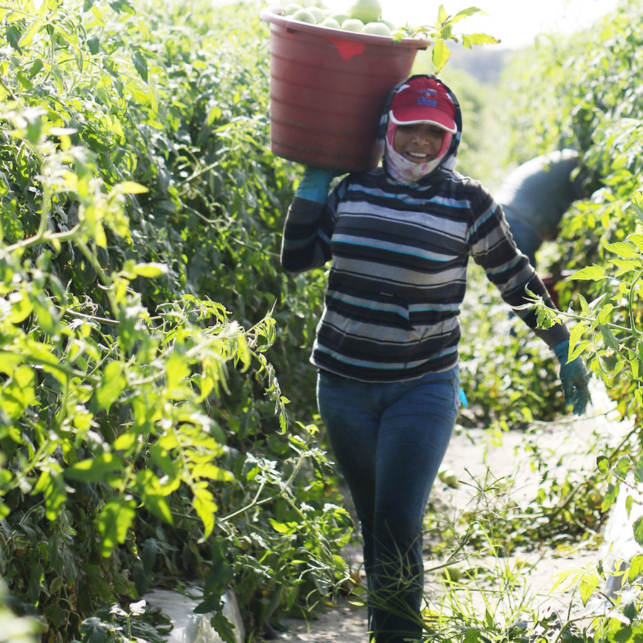
Healthy Workplaces Create Thriving Communities
Serious workplace injuries and fatalities have devastating effects, plunging families into poverty and deepening inequality.
The COVID-19 pandemic and natural disasters reveal that our wellbeing is interconnected. Worker health is public health. Prioritizing workers’ safety is essential for families and communities to thrive—particularly for communities of color, who are already impacted by health inequities.
Workers deserve healthcare, paid sick leave, workers’ compensation protections, and a workplace free of retaliation and bullying.
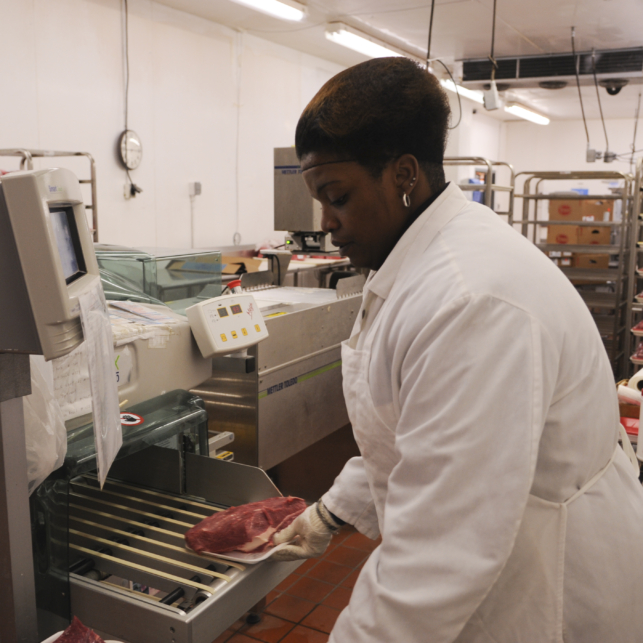
NELP’s Strategies For Building Safer Workplaces
NELP uses these strategies to build safer workplaces:
- Innovative policy solutions: We support workers organizing for just cause standards, worker protections in warehouses, and strategic enforcement of existing health and safety laws.
- Employer accountability: We work to hold employers accountable for the safety of all workers—including temporary workers, misclassified workers, immigrant workers, workers with records, and workers who are incarcerated.
- Extreme weather protections: We support workers organizing for protections against extreme heat and exposure to wildfire smoke, including the right to refuse dangerous work without losing pay.
The Growing Need for Safe Workplaces
workers are employed in industries that can routinely place them at risk from climate dangers at work.
workers participated in work stoppages in 2023 with demands that included increased protections for health and safety.

Injuries from heat exposure on the job are preventable, and a national standard to protect workers is past due. Occupational segregation results in Black, Latinx, and immigrant workers laboring in jobs that target them for excessive heat exposure.
Anastasia Christman, NELP Senior Policy Analyst

